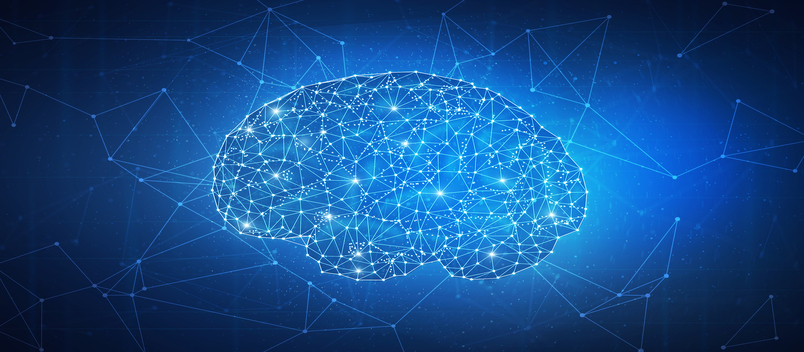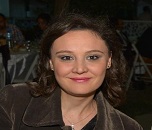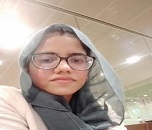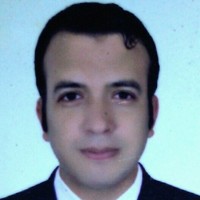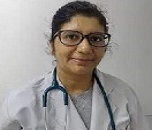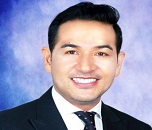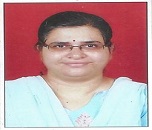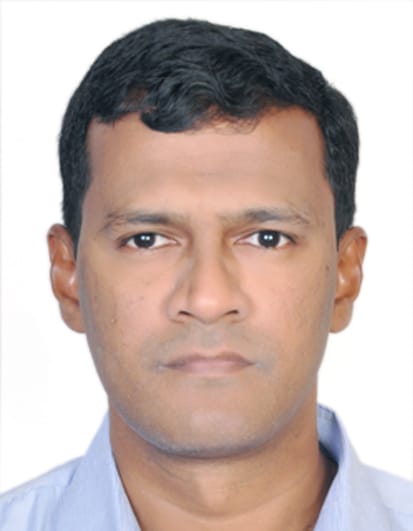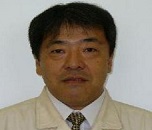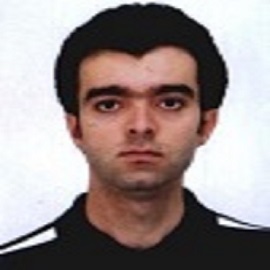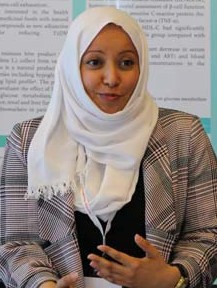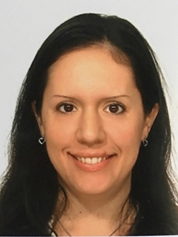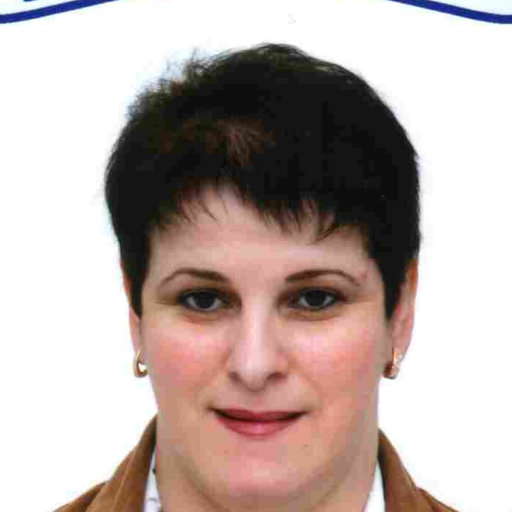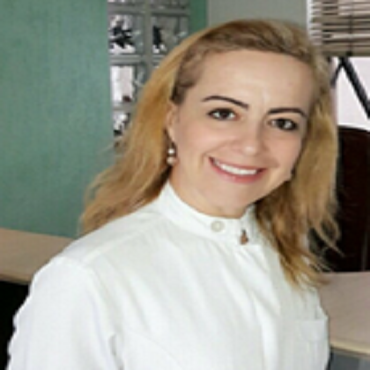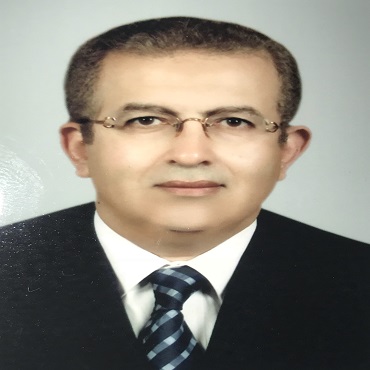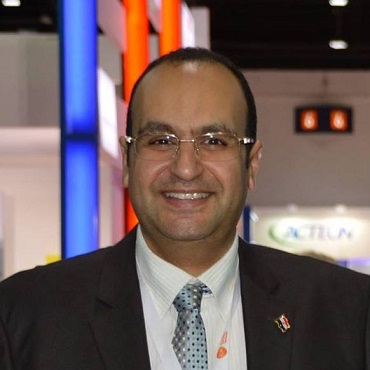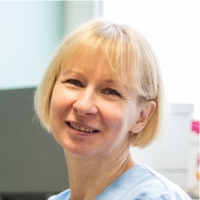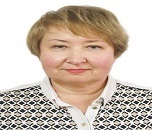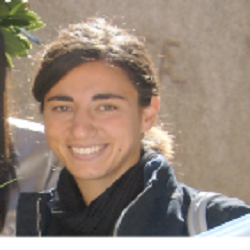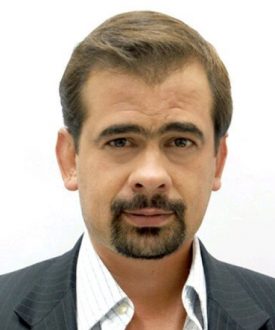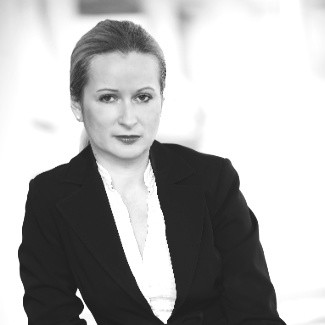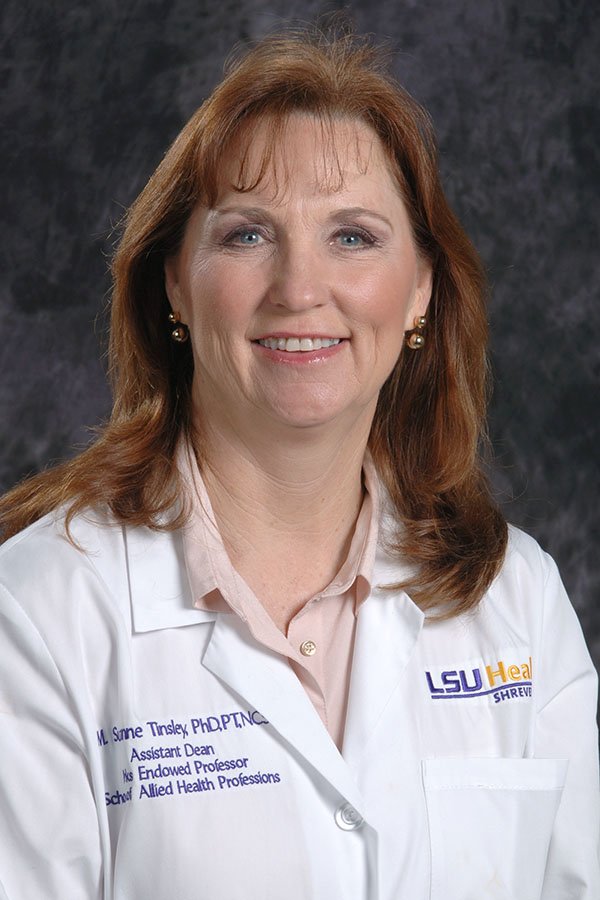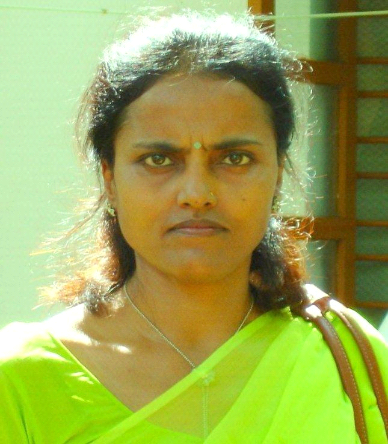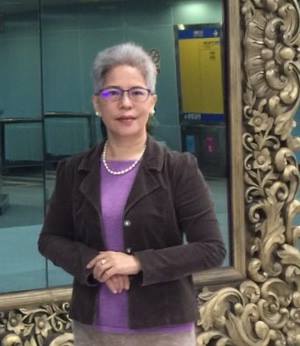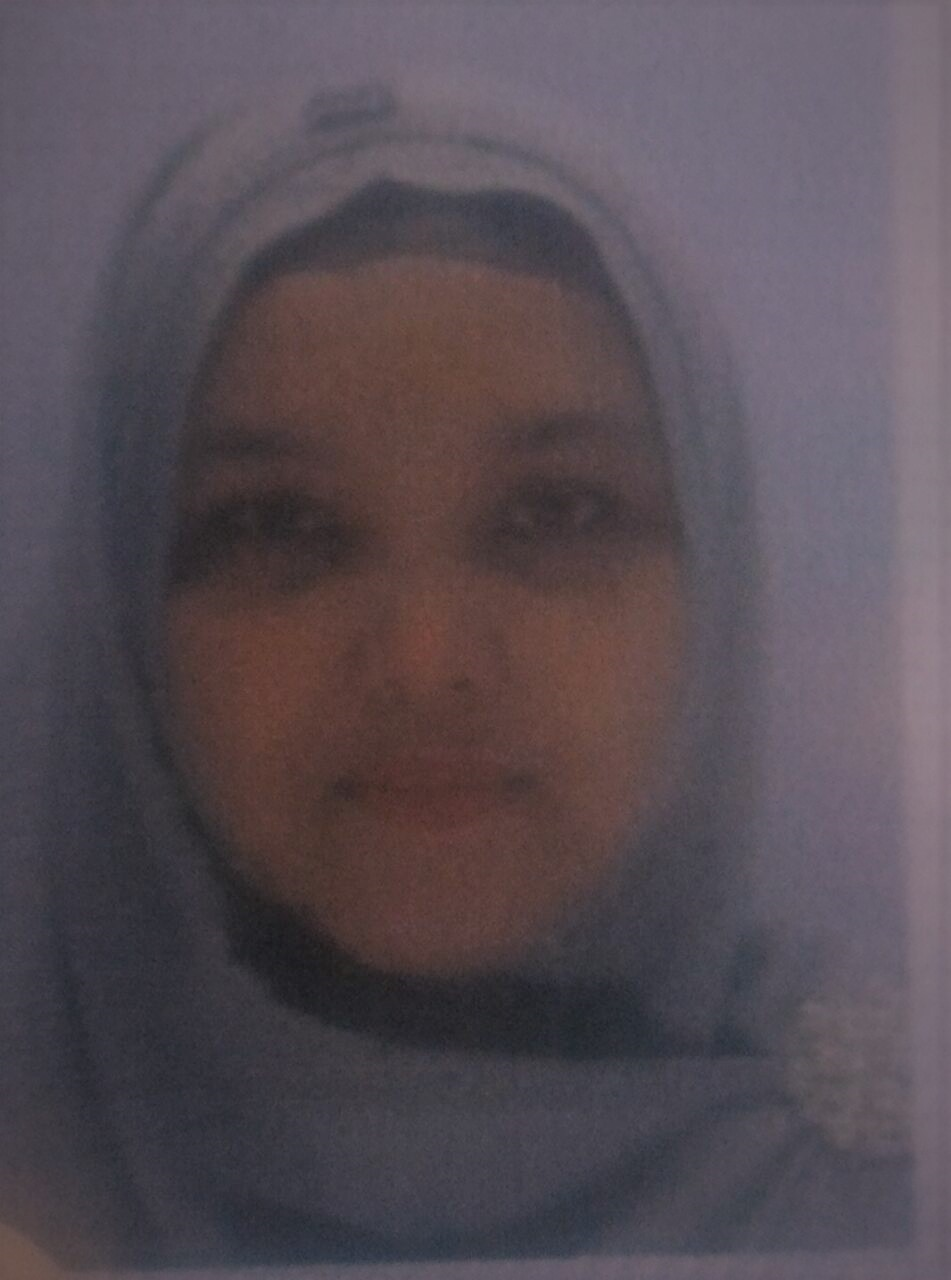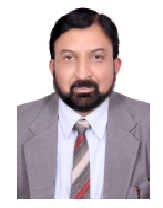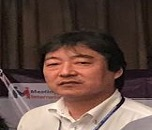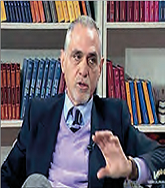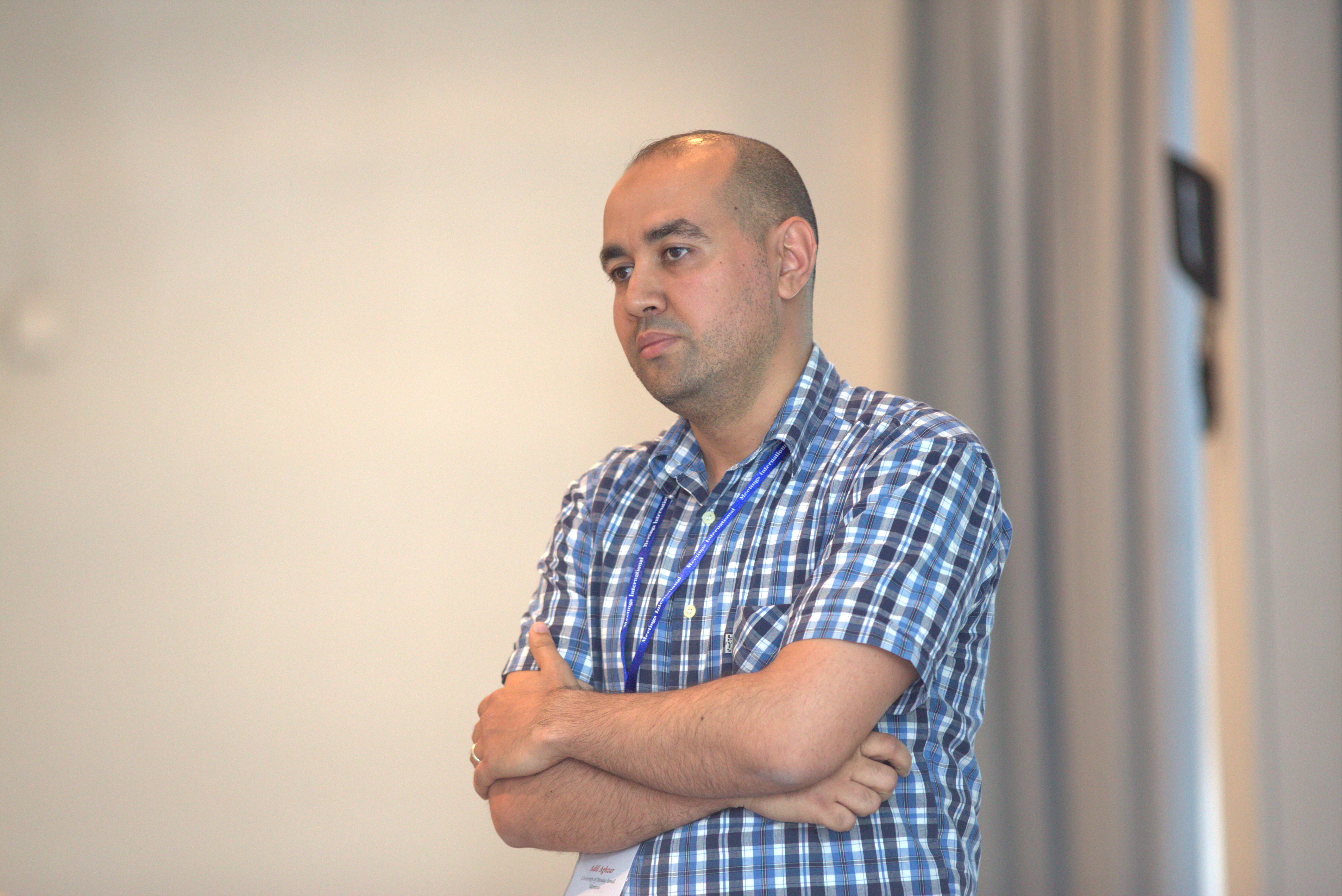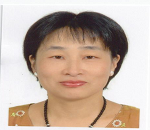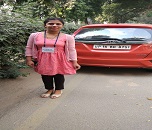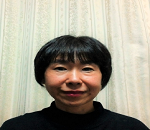
Alzheimers
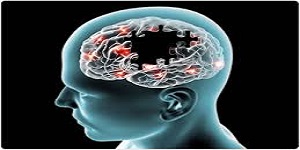
Theme: Explore new challenges in Alzheimers disease
Meetings International proudly announces the webinar on “Alzheimer’s Disease” which is scheduled during October 8, 2020 and it will be organized on the theme “Explore new challenges in Alzheimer’s disease”. This webinar invites all the participants worldwide which includes keynote presentations, Oral talks etc. You will be sure to have a meaningful experience with scholars from all around the world. This Webinar is to unite globally recognized scholastics in the field of neuroscience and neurology, neurospecialists, health experts, specialists, scholarly researchers, industry analysts, researchers to trade about best in class research and advances. This gathering is to provide new ideas for treatment that will be valuable over the range of Alzheimer’s disease.
Session 1: Alzheimer’s disease
Alzheimer’s disease is a neurological disorder in which the death of brain cells causes memory loss and cognitive decline. Alzheimer’s is the progressive disease beginning with mild memory loss possibly leading to loss of the ability to carry on a conversation and respond to the environment. It Involves parts of the brain that control thought, memory, and language. It can seriously affect a person’s ability to carry out daily activities
Session 2: Brain Disorders
Brain is the most complex and sensitive organ in the body. Minute damages to the brain might cause devastating consequences leading to several brain disorders. It may occur in early childhood causing developmental disorders such as autism and dyslexia .Psychiatric diseases such as depression and schizophrenia are typically diagnosed in teens or early adulthood and as we age we become increasingly susceptible to Alzheimer’s disease, Parkinson’s disease, stroke, and other diseases. This session encourages a discussion on the structural and functional aspects of the brain. It has been evaluated that the lifetime danger of developing Brain and other neural sensory system disease.
Session 3: Neurological disorders
Any disorder happen at the body nervous system is called as Neurological Disorders. Abnormalities in the brain, spinal cord or other nerves like Structural, biochemical or electrical can result as symptoms sometime. Neurological disorder symptoms might be loss of sensation, Poor Coordination, muscle weakness, paralysis, confusion, pain and altered levels of consciousness. Causes for the neurological disorder can be biochemical changes and sometimes can be physical injury to the brain, spinal cord, or nerves. But in some case the root cause can’t be determined only effects are seen.
Session 4: Neuroimmunology
Neuroimmunology is a field combining neuroscience, the study of the nervous system, and immunology, the study of the immune system. Neuroimmunologists seek to better understand the interactions of these two complex systems during development, homeostasis, and response to injuries. A long-term goal of this rapidly developing research area is to further develop our understanding of the pathology of certain neurological diseases, some of which have no clear etiology. Neuroimmunology contributes to development of new pharmacological treatments for several neurological conditions. Many types of interactions involve both the nervous and immune systems including the physiological functioning of the two systems in health and disease, malfunction of either and or both systems that leads to disorders, and the physical, chemical, and environmental stressors that affect the two systems on a daily basis.
Session 5: Traumatic Brain Injury
Traumatic brain injury (TBI) is sudden damage to the brain caused by a blow or jolt to the head. Common causes include car or motorcycle crashes, falls, sports injuries, and assaults. Injuries can range from mild concussions to severe permanent brain damage. TBI may require intensive care and life-saving surgery. Those who survive a brain injury can face lasting effects in their physical and mental abilities as well as emotions and personality. Most people who suffer moderate to severe TBI will need rehabilitation to recover and relearn skills.
Session 6: Neuroinflammation
Neuroinflammation is inflammation of the nervous tissue. It may be initiated in response to a variety of cues, including infection, traumatic brain injury, toxic metabolites, or autoimmunity. In the central nervous system (CNS), including the brain and spinal cord, microglia are the resident innate immune cells that are activated in response to these cues. The CNS is typically an immunologically privileged site because peripheral immune cells are generally blocked by the blood–brain barrier (BBB), a specialized structure composed of astrocytes and endothelial cells.
Market Research :
Every 3 seconds one person on this planet develops dementia, and in that 70% has been confirmed as Alzheimer’s. There has been an estimation that 46.8 million individuals are living with Dementia in 2017 and this number is expected to be near to 50 million individuals in 2019. About This number will become two-fold every 20 years, achieving 75 million in 2030 and 131.5 million by 2050. According to a study, 58% of individuals with dementia live in low and middle-income nations, however by 2050, this will increase to 68%. The quickest development in the elderly population is occurring in China, India, and their south Asian and western Pacific neighbors.
Demographic aging is an overall procedure that demonstrates the triumphs of enhanced healthcare in the course of the most recent century. Many are presently living longer and more beneficial lives thus the total populace has a more proportion of older people. Dementia primarily affects older people, despite the fact that there is a developing attention to cases that begin before the age of 65.
The market analysis of various reports says that the aggregate estimation and overall cost of dementia is US$818 billion as of 2017, which signify about 1.09% of worldwide GDP. Around 2021, the worldwide cost of Alzheimer’s will blow upto a trillion dollar from $818 billion. The reports have shown that dementia alone has increases by 35% since 2010. The report updates on Alzheimer’s Disease International’s (ADI) data on dementia’s global prevalence, incidence and cost, highlighting dementia’s increasing impact on low and middle income countries (LMICs). This figure incorporates costs credited to casual care and synchronizes expenses of social care and the immediate expenses of medicinal care, the direct medical care costs about 20% of worldwide dementia costs, while direct social sector costs and informal care costs each account for approximately 40%.
The diagnostic market for disease is rising at a steady rate on the global Alzheimer's market; primarily due to the increasing incidence of the disease making it one of the market's major drivers. The global Alzheimer's disease diagnosis market is booming and expected to gain popularity over the forecast period, according to a recent study report published by the Market Research Future. The market is going to show spectacular growth by 2022, surpassing its previous growth records in terms of value with a sound CAGR during the anticipated period (2017 – 2022).
The main drivers will be rising healthcare expenditure per capital and increasing geriatric population. With it, the diagnostic test market will contribute significantly to the health and wellbeing of patients, including diagnostic molecules and assays. According to the Alzheimer's Association, 5.5 million People are diagnosed with Alzheimer's disease in 2017 and are estimated at or above 65 years of age at 5.3 million. In addition, the global geriatric population is expected to hit 1.6 billion by 2050 from 617 million in 2016, according to the National Institute of Health. It is evident from the outlined facts that the demand will expand substantially. From the illustrated facts it is clear that the market will grow significantly in the presence of the need of diagnostics
The Americas are leading the global market. Increasing healthcare spending per capita, the presence of global players such as Cog Rx and Accera, Inc. together with a huge patient population drives the region's market growth. According to the Centers for Disease Control and Prevention, total healthcare expenditure in the United States accounted for 17.8 percent of the total gross domestic product (GDP) in 2015, representing USD 3.2 trillion. The second largest market in Europe.
Huge patient population, increasing government funding for R&D drives the region's market growth. The number of patients suffering from dementia in the UK is expected to reach more than one million by 2025, according to the Alzheimer's Society. Asia Pacific region is made up of developing economies such as India and China, making it the fastest growing region. The region of Middle East & Africa holds the least share, particularly due to the region of Africa. Because of massive spending on healthcare, the Middle East region dominates this region's share.
Some products are available in the market to control alzheimers disease. These Products are Color Cards Activity , Color-Coded Therapy are designed to stimulate the mind and sense. Alzheimers games and puzzles and eating dishes are available in the market for brain activity. Treatment with drug, non drug or medication and surgery sometimes shows side effetcs.But these alzheimers products may show a good results to cure memory loss.
A gradual loss of neurons later in adulthood does not result in significant alteration in brain function during the usual life span. However, the older one gets, the greater the neurologic impairment. Excessive neuronal degeneration in adulthood is called Alzheimer’s disease or senile dementia and is distinguished from the normal changes in aging. Alzheimer’s disease is a progressive disease which results in death of the brain cells causing memory lapses, behavioral issues, and disruption of thinking processes. The disease is considered fatal. Age and generic inheritance are the two key risk factors for developing Alzheimer’s disease. These are also risk factors that are not preventable. However, other preventable risk factors have been linked to the development of AD, including environment, diet, and overall general health. A combination of risk factors is often responsible for the disease.
Alzheimer’s disease is estimated to affect up to 6% of the population over 65. Life expectancy has been increasing around the world due to advances in healthcare, medical research, sanitation, and nutrition. This provides a setting for a higher number of Alzheimer’s disease patients in the future as the population continues to add years to their life. The global Alzheimer’s therapeutics and diagnostics market is estimated to record a CAGR of 5.21% during the projected period of 2020-2028. The rising geriatric population, an increase in the pervasiveness of Alzheimers disease, research and development of novel diagnostics technologies, and drugs are the factors predicted to influence market growth.
MARKET INSIGHTS
The scope of the therapeutic market involves segments such as drug, disease, stage, generic, and branded. The diagnostics market consists of diagnostics biomarkers used for Alzheimer’s disease. The growing investments in biomarkers for the development of drugs and early detection of Alzheimers disease can lead to higher adoption rates of biomarker-based diagnostics and the development of new therapeutics, boosting the market growth. For example, in 2018, Duke University conducted research programs and clinical trials for the development of blood biomarkers of Alzheimers disease. Intensive research is going on in the field of drugs and medicines that are used for the treatment of Alzheimers disease. The adoption rate of Alzheimer’s drugs and biomarkers is high due to the increasing prevalence of the disease worldwide. The market faces the challenges of failure in later stages of clinical trials, strict government regulations for developing and commercializing drugs, and expensive therapies used for Alzheimer’s treatment.
The global market of Alzheimer’s disease therapeutics and diagnostics is analyzed by analyzing the regions of North America, Europe, Asia Pacific, and the Rest of the World. The region is also estimated to garner the largest market share during the forecast period. This is attributed to the growing geriatric population, high spending on healthcare, and the pervasiveness of Alzheimer’s disease across the US. The Asia Pacific market region is projected to record the fastest growth rate during the forecasted period.
- Alzheimers disease
- Brain Disorders
- Neurological disorders
- Neuroimmunology
- Traumatic Brain Injury
- Neuroinflammation

